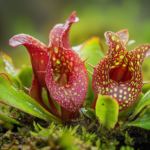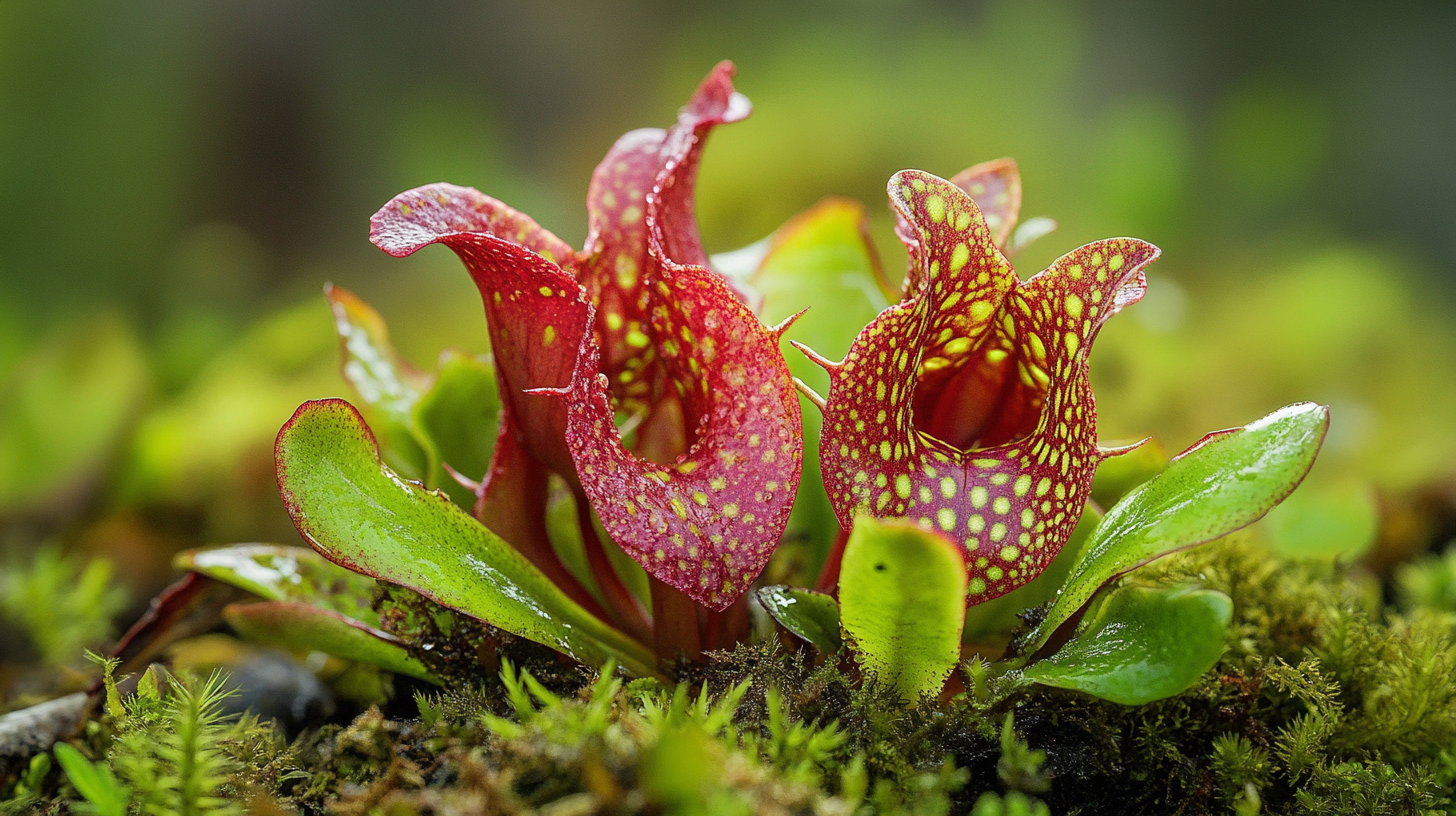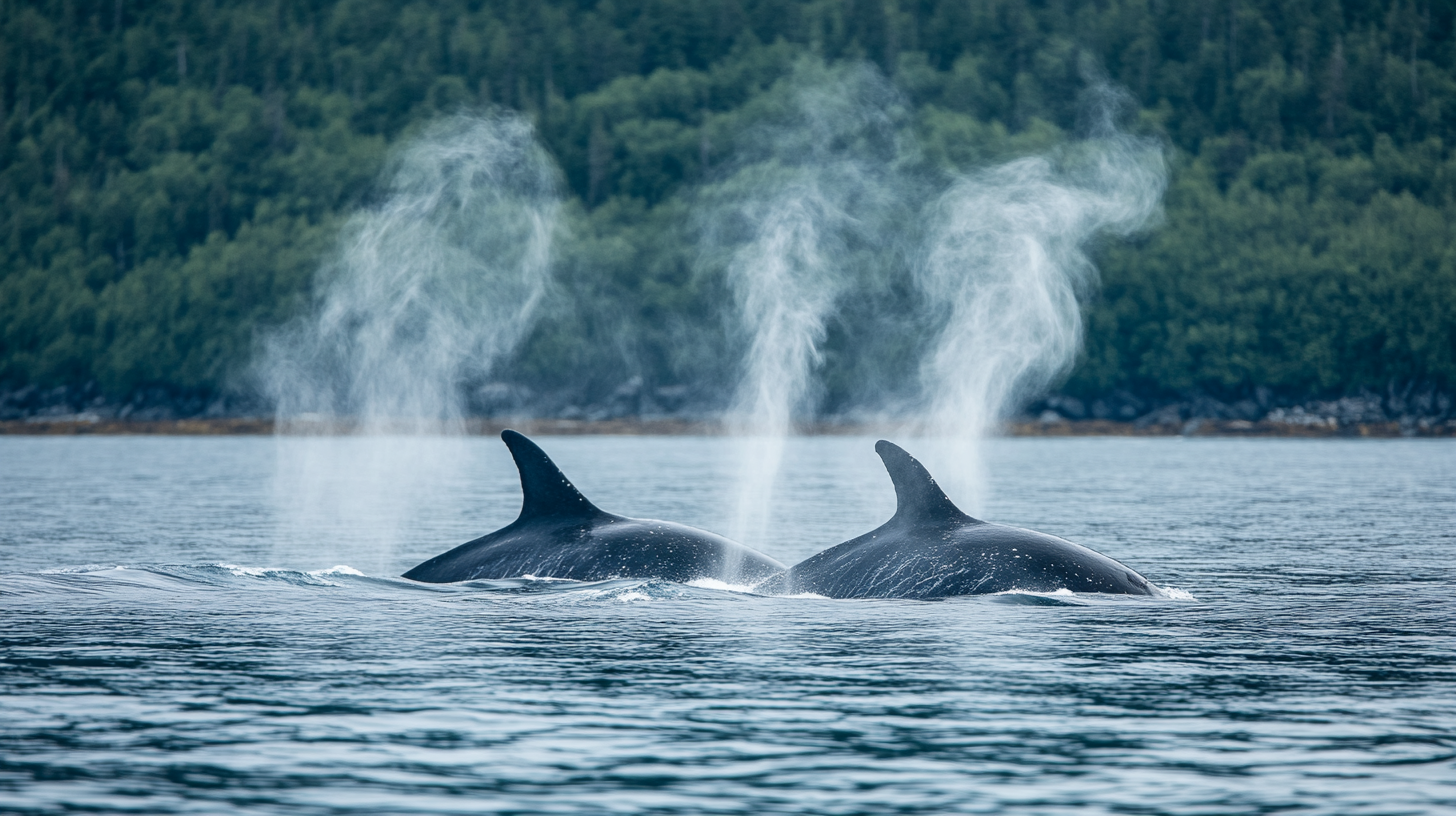
Picture yourself strolling along a beach and admiring the blue expanse of the horizon ahead of you. Beneath the waves lie seagrass meadows—an overlooked natural marvel that holds significant importance, in our ecosystem. While not receiving the acclaim as reefs or rainforests these underwater sanctuaries play a vital role, in maintaining environmental balance. They capture carbon emissions, support biodiversity, and provide protection to our shorelines—all while operating in obscurity from the general public.
The Role of Seagrass Meadows in Supporting Life

Lets explore the realm of seagrass meadows and discover why they play a role, in supporting life here on our planet Earth without receiving much recognition for their efforts. You’d be amazed by how resilient they truly are!
Discovering the World Below; Exploring the Enigmatic Seagrass Meadows

Seagrass beds are submerged gardens of blooming vegetation that flourish in the shallows, near coastlines worldwide. It’s important to note that seagrass differs from seaweed as it’s a plant with roots and flowers. These underwater meadows are frequently misidentified as grass patches. Serve as lively ecosystems present along various coastlines globally—from the Mediterranean Sea to Australia’s Great Barrier Reef.
Resilience Through Time

Seagrass may appear fragile at a glance; however they have thrived for, than 100 million years surviving numerous shifts, in Earths climate. Consider them as beings that quietly flourish without drawing attention.
Seagrass. The Natural Absorber of Carbon

Did you know that seagrass meadows may only cover a fraction of the ocean floor. Less, than 0?. Guess what. They hold over 10 percent of the oceans carbon content? It’s pretty incredible how impact such a small area can have! Scientists refer to them as part of “carbon ecosystems,” which also include mangroves and salt marshes and are crucial, for addressing climate change issues.
So how does it function then? Seagrass helps out by taking in carbon dioxide when it undergoes the photosynthesis process and stores it in its leaves and roots as in the sediment below it. This trapped carbon can stay tucked away for centuries. A longer time compared to the carbon stored in trees. Enough seagrass has the ability to capture carbon at a rate up to 35 times quicker than rainforests. Pretty impressive for something not commonly known by people, isn’t it?
The Importance of Seagrass, for the Health of Marine Environments

In addition to absorbing carbon dioxide from the atmosphere into their roots and leaving areas with seagrass are communities of marine life thriving in a bustling city-like environment where various sea creatures such as fish, sea turtles, and even manatees congregate. These underwater meadows act as breeding grounds, feeding areas, and protective havens for numerous species of ocean life. More than a fifth of the globe’s major fisheries rely on seagrass environments during certain stages of their development. Without these habitats, the interconnected food chain would begin to falter.
However there’s an aspect to consider too; Seagrass serves as a purifier, for coastal waters by catching sediments and pollutants that enhance water clarity and quality. These underwater meadows also act as a shield during storms by lessening wave energy and safeguarding coastlines from erosion.Whether you’re a fish or someone living by the beach, support from seagrass is always there for you.
The Unsung Hero of Climate Action

When it comes to combating climate change, seagrass plays the role of a hero. It absorbs carbon dioxide from the air, contributing to the reduction of warming. Its impact extends beyond that. Seagrass beds also address ocean acidification, a consequence of CO2 dissolving in seawater. The acidity in the water poses a threat to life, shellfish, and corals, but seagrass contributes to fostering a harmonious ecosystem where these organisms can flourish and thrive.
Despite the rising sea levels as the oceans continue to swell seagrass has an ability to adjust, by growing taller and catching sediment to create a base, for its survival as if building its own form of skyscraper in nature expanding upwards to remain above the water level This remarkable adaptability showcases its resilience and ability to thrive in changing environments.
Concern Ahead. Risks Facing Seagrass Ecosystem

Despite their resilience and vitality, by all accounts; seagrass meadows are encountering obstacles in their path to survival. Flourishing existence today. In the next hundred years, nearly a third of the once flourishing seagrass habitats worldwide are no more to be found. What’s causing this decline in seagrass populations? It all boils down to actions such as coastal urbanization projects encroaching upon habitats, pollution from various sources, and unsustainable fishing practices wreaking havoc in these delicate ecosystems. The runoff from lands and urban areas frequently carries an excess of nutrients into the waters, where it fuels the growth of algae blooms that then overshadow sunlight—effectively sealing the fate of seagrass beds.
The increasing impact of climate change adds further stress, to the situation as rising sea temperatures can strain these plants and intense storms disturb sediments causing them to suffocate seagrass meadows in return for stored carbon being emitted into the atmosphere. Inadvertently turning a solution into a contributor to the issue, at hand.
Is it possible to change the course of things and safeguard seagrass ecosystems?

Good news abounds. There’s still time to make a difference! Across the globe, initiatives are in motion to preserve and rejuvenate these ecosystems. Think of scientists sowing seagrass seeds as a form of reforestation at sea. Communities are taking charge by safeguarding meadows through the establishment of sanctuaries and efforts to minimize pollution.
In the United Kingdom initiative known as Seagrass Ocean Rescue, they have successfully replanted, over 20 000 meters of seagrass to support marine life habitats thrive once neglected due to industrial activities, in Australia.
Preserving seagrass isn’t solely the responsibility of government officials and researchers; everyone can contribute by reducing the use of plastics and supporting eco fishing practices while also lowering carbon emissions to safeguard these vital ecosystems.
Exploring the Secret Benefits of Seagrass for Humanity

Have you ever thought about the importance of seagrass? It actually has an impact on aspects of our lives! Seagrass plays a role in supporting fisheries that provide food for millions of individuals living in areas. Additionally, it serves as a barrier that helps protect coastlines and reduces the need for flood prevention measures. Moreover, there’s growing interest in exploring its contribution to the emerging “economy,” where concepts like carbon credits and sustainable ocean management are gaining momentum as lucrative business opportunities.
Seagrass also carries significance, for societies as these underwater fields symbolize a strong link to tradition and personal identity – serving as a poignant reminder of the inseparable bond, between human existence and the well-being of our seas.
What Lies Ahead for Seagrass Meadows

The future of seagrass depends on our actions moving decisively; these vital ecosystems hold the potential to flourish and provide solutions to major environmental concerns we encounter today, with advancements in restoration methods and a growing recognition of the significance of blue carbon offering a glimmer of hope.
However, there are still obstacles to overcome. Finding a relationship, between progress and protecting the environment is quite a challenge. Yet the ability of seagrass to withstand challenges serves as a reminder that nature holds solutions. All we have to do is pay attention and take Action.
An Urgent Appeal to Take Action

Seagrass beds might not possess the allure of reefs or the majesty of rainforests; nevertheless, their significance is unmistakable as they silently play a role, in capturing carbon dioxide and supporting marine ecosystems while safeguarding our shores. Despite often being underappreciated, by many.
What are some ways you can help out in this cause?’ Spread the word by sharing this article and supporting conservation initiatives while making choices to lower your carbon footprint.’ Even simple steps such as reducing the use of single-use plastics or advocating for policies that safeguard habitats can have an impact.’
Let’s work together to make sure these amazing underwater ecosystems stay healthy for the benefit of our seas and future generations.
Conclusion

Seagrass meadows are not just clusters of vegetation; they serve as carbon storage spots, for our planet and play a significant role, in combating climate change as essential ecosystems that offer hope amidst challenges they confront daily let’s appreciate these unsung heroes because the well-being of our world could very well hinge upon their preservation.
Instance you catch sight of the sea; ponder on the universe, below the surface of the water body. A realm deserving preservation and perhaps holding the potential to rescue us in turn.










